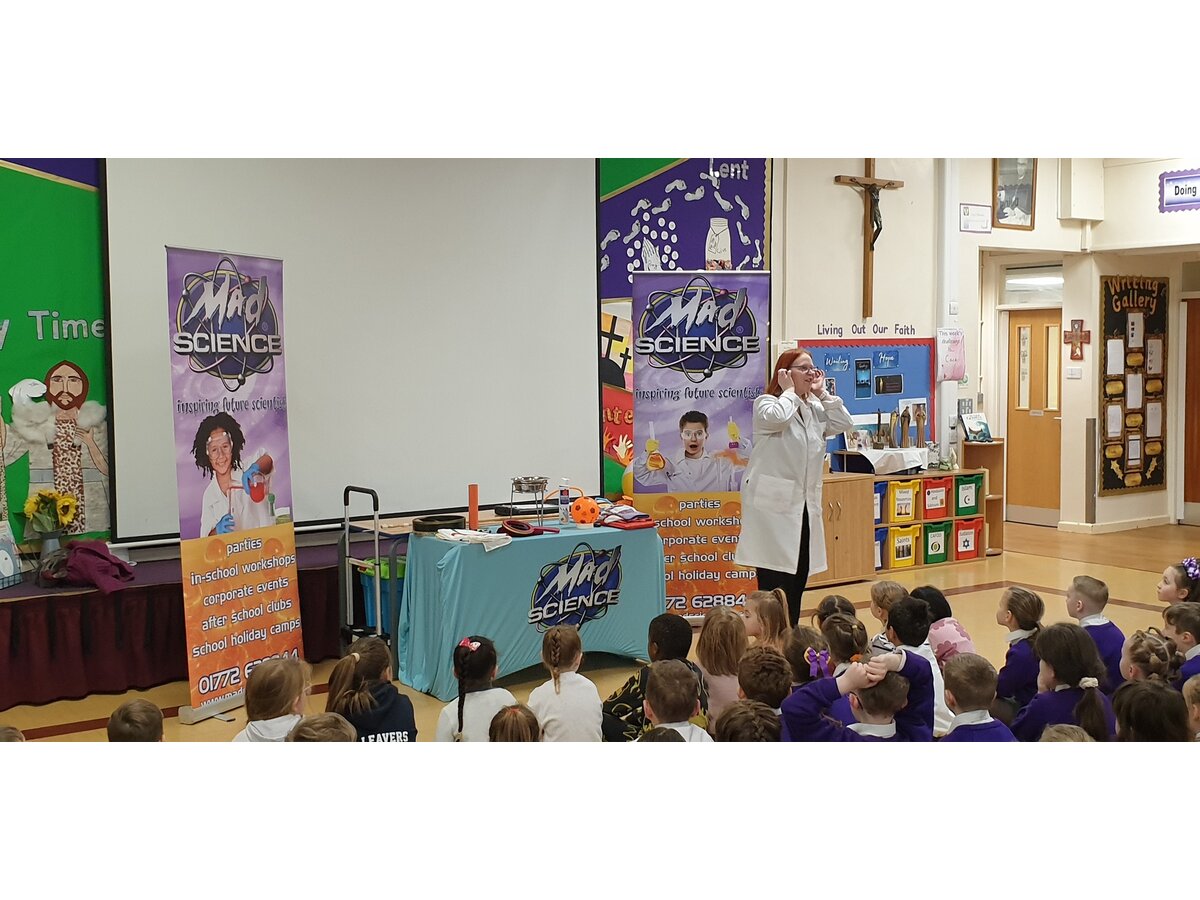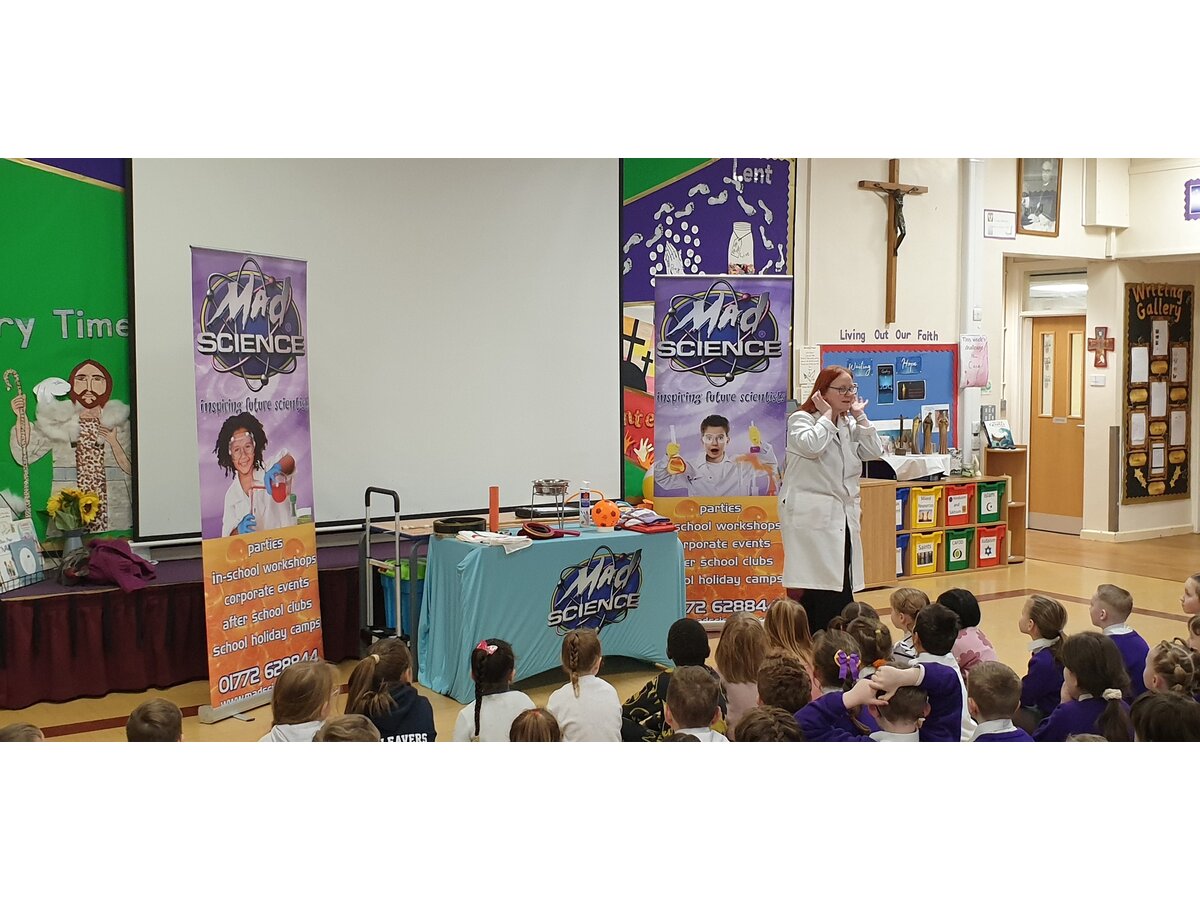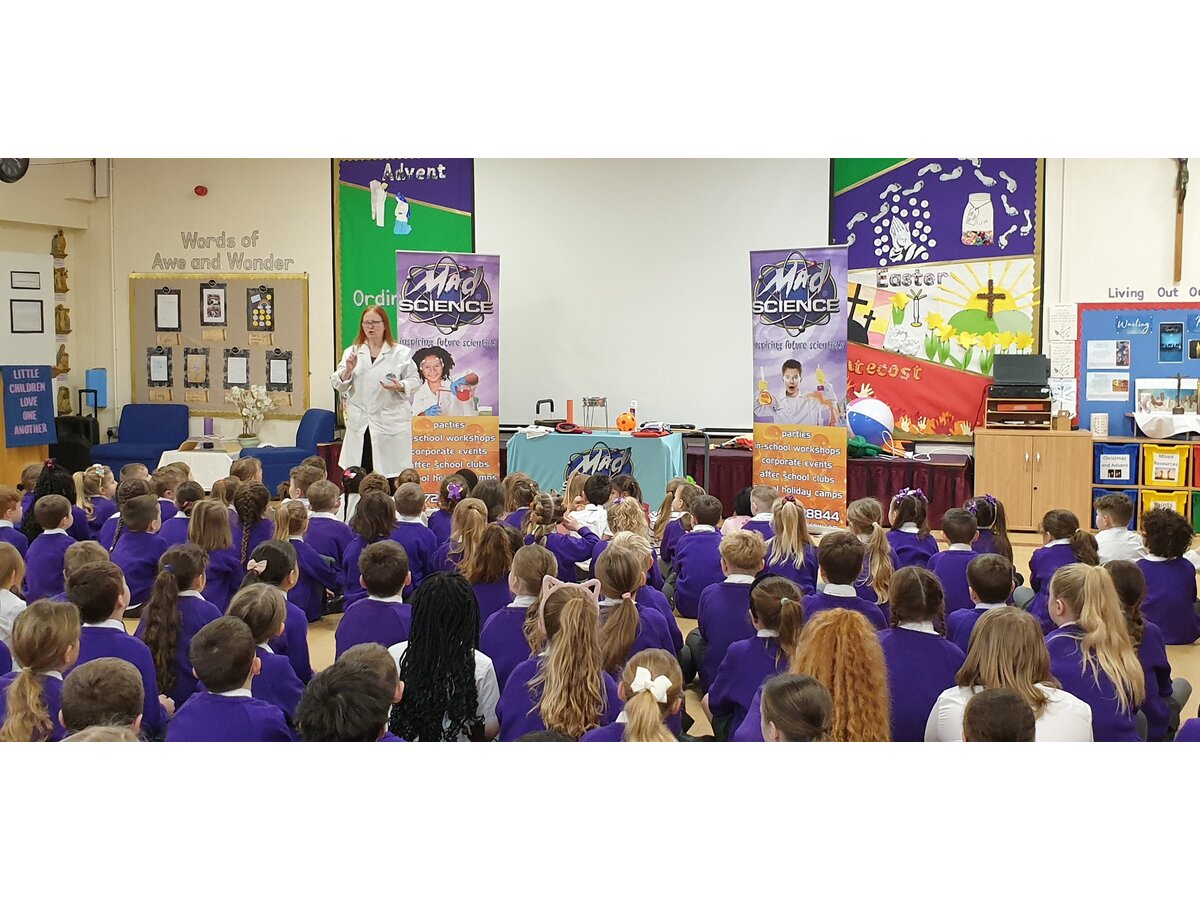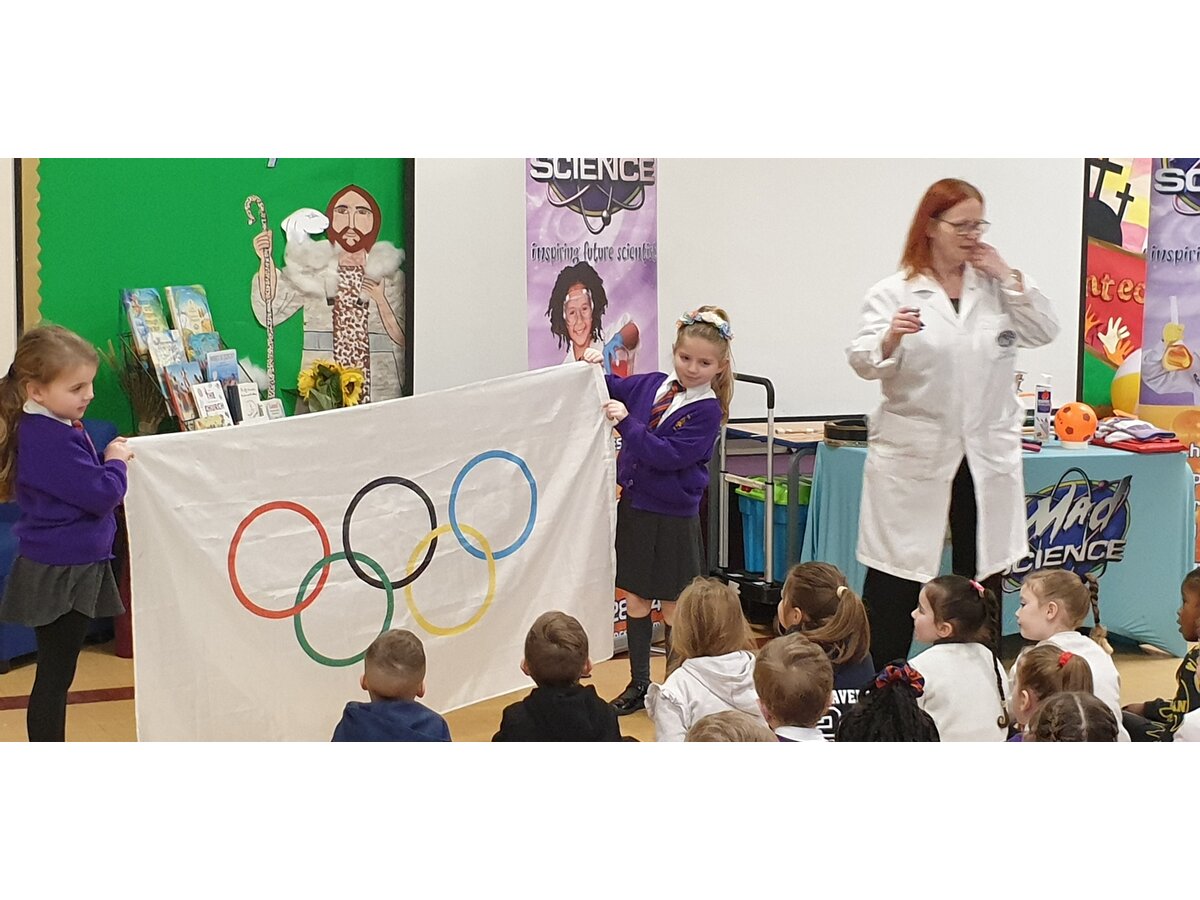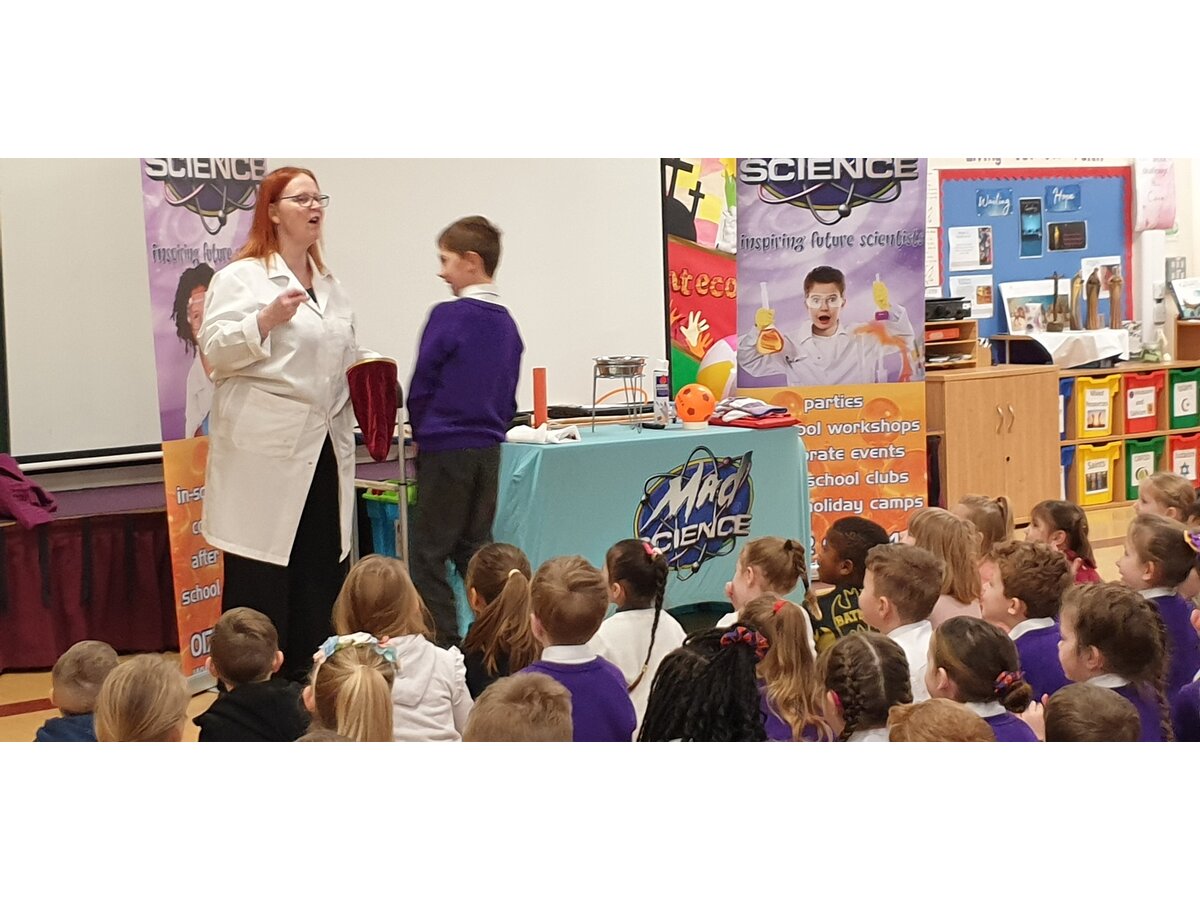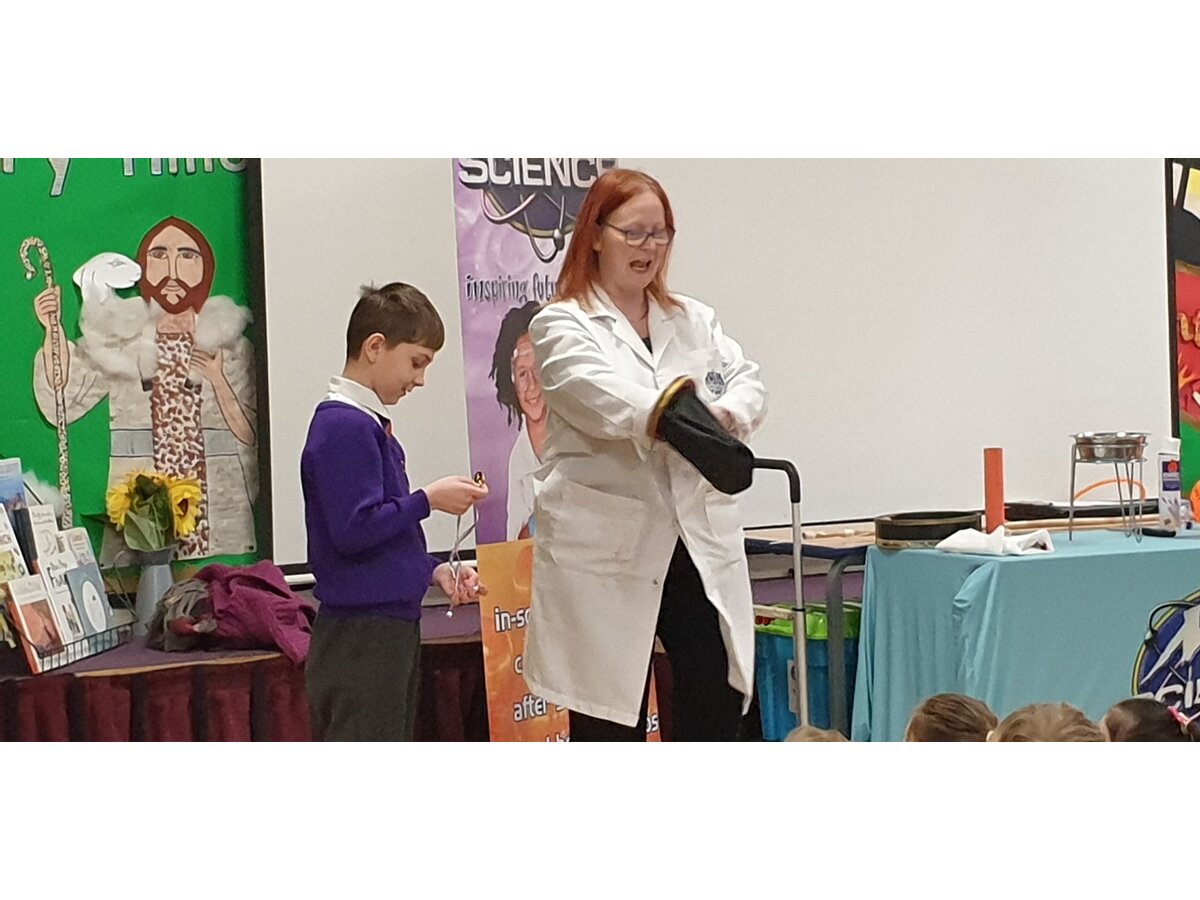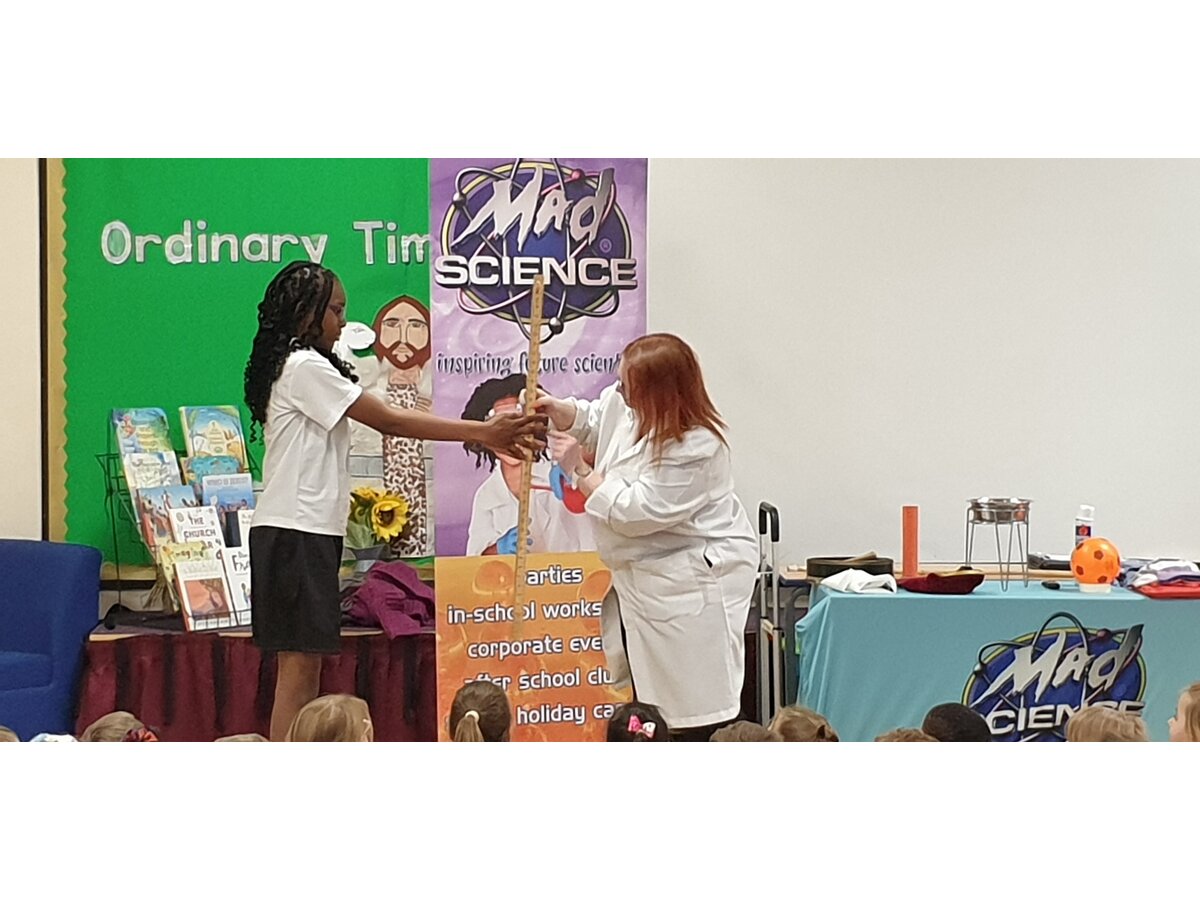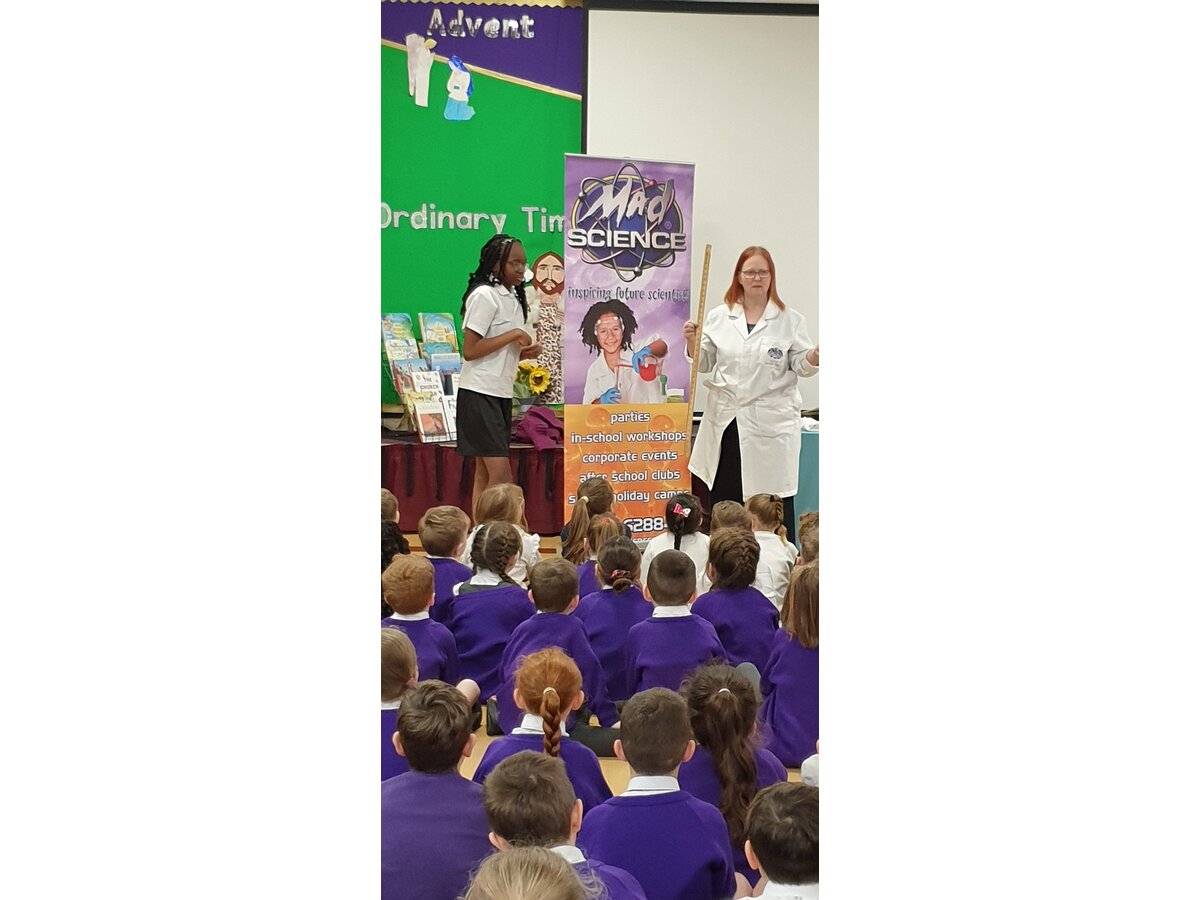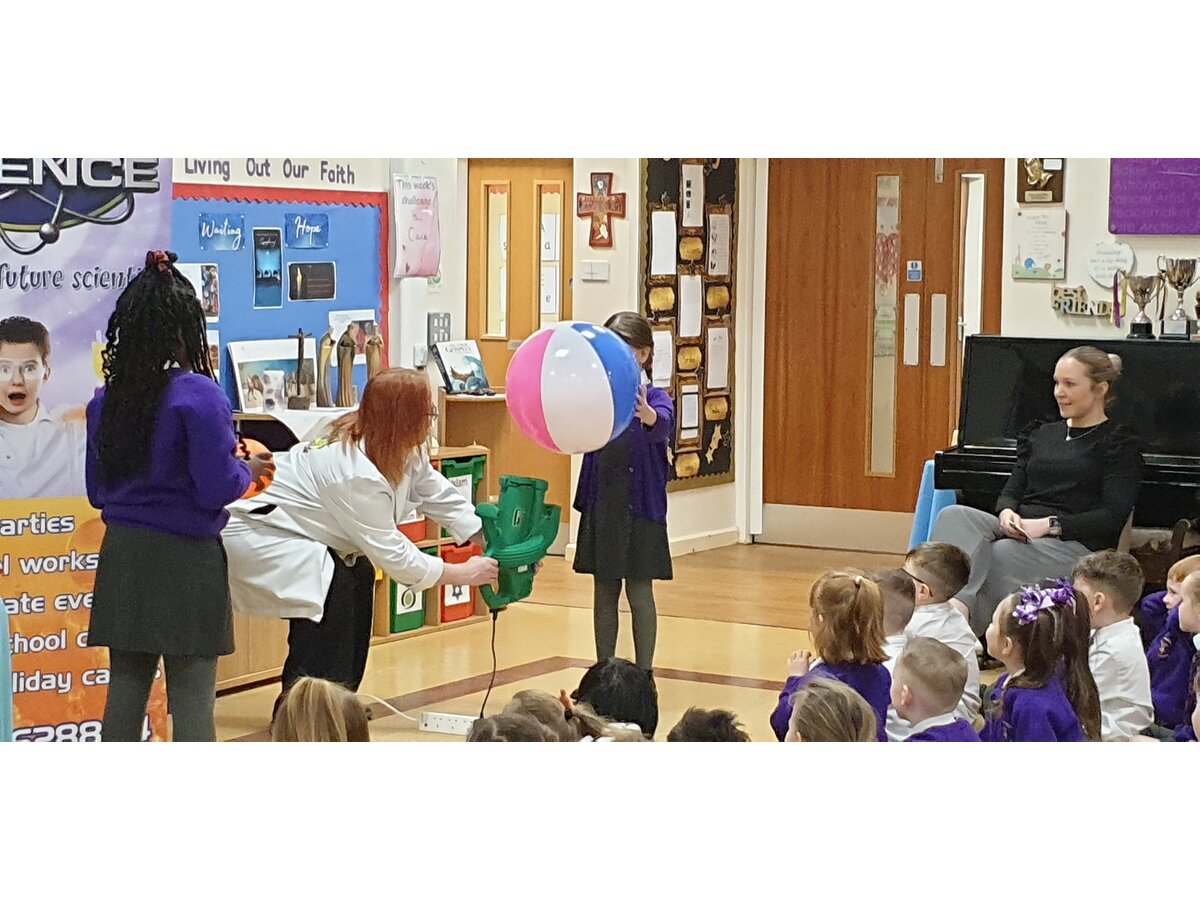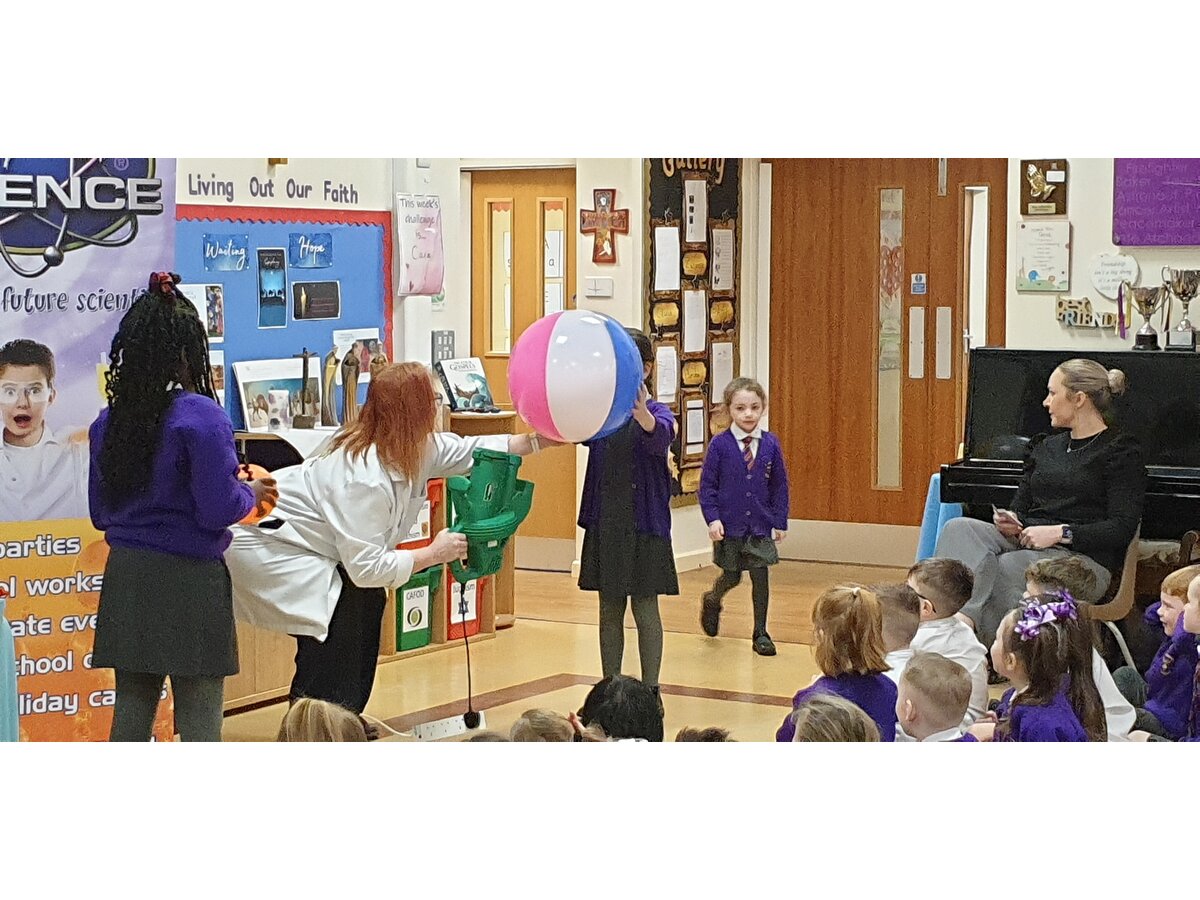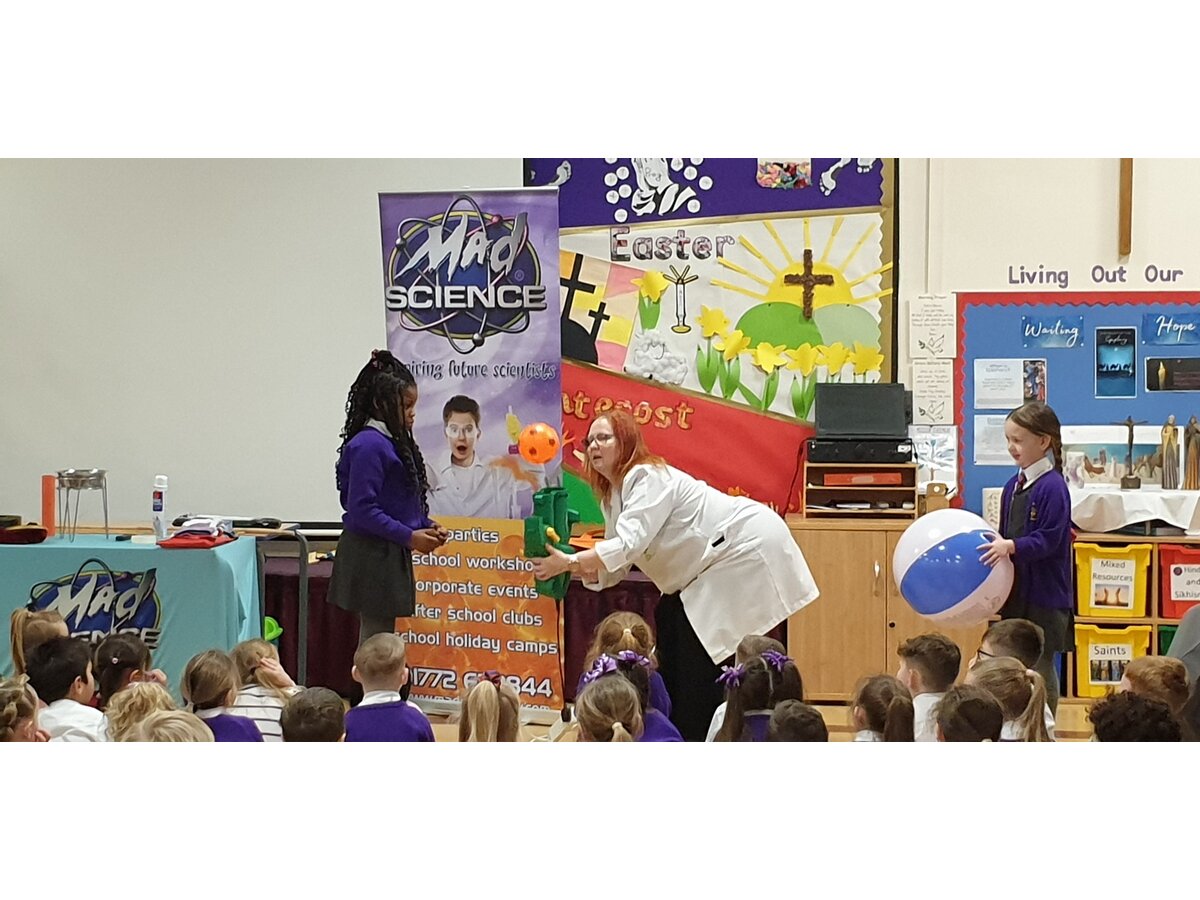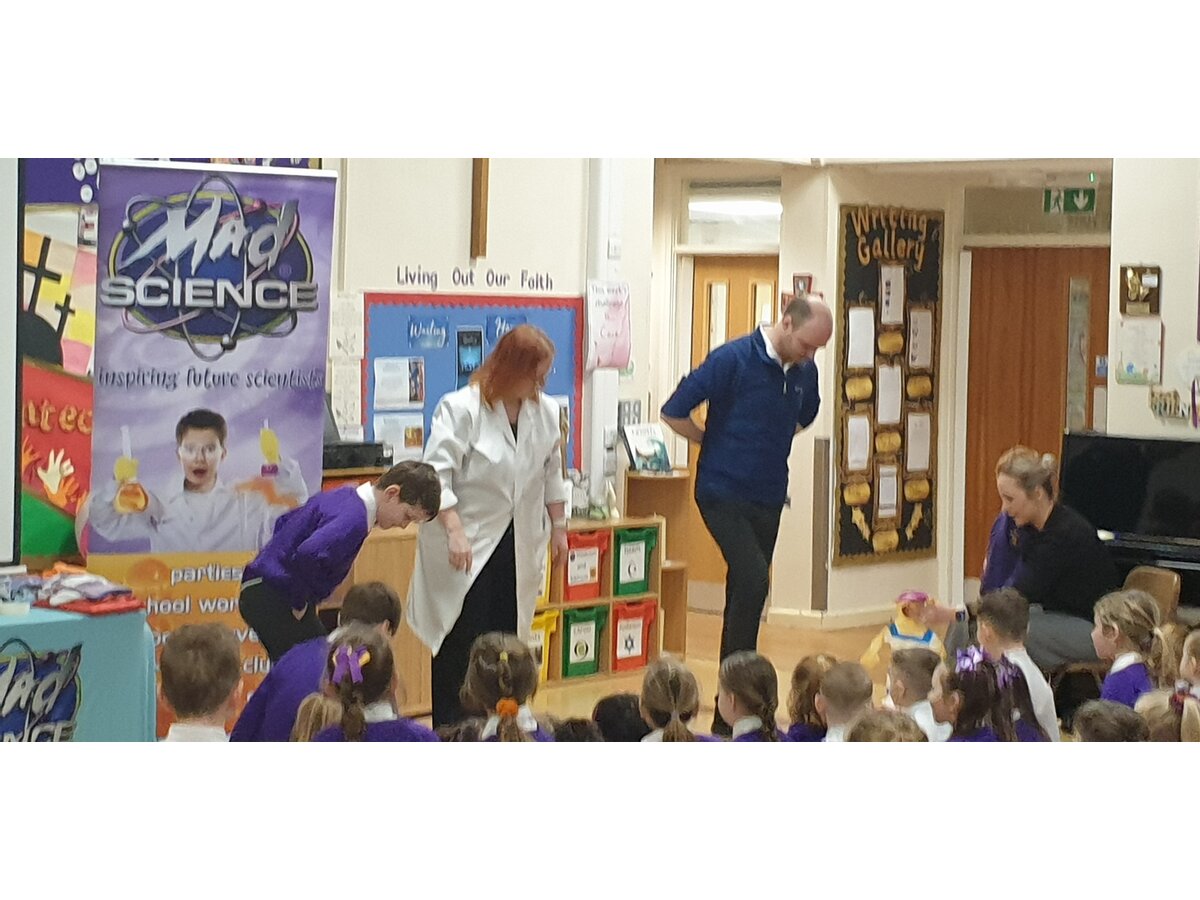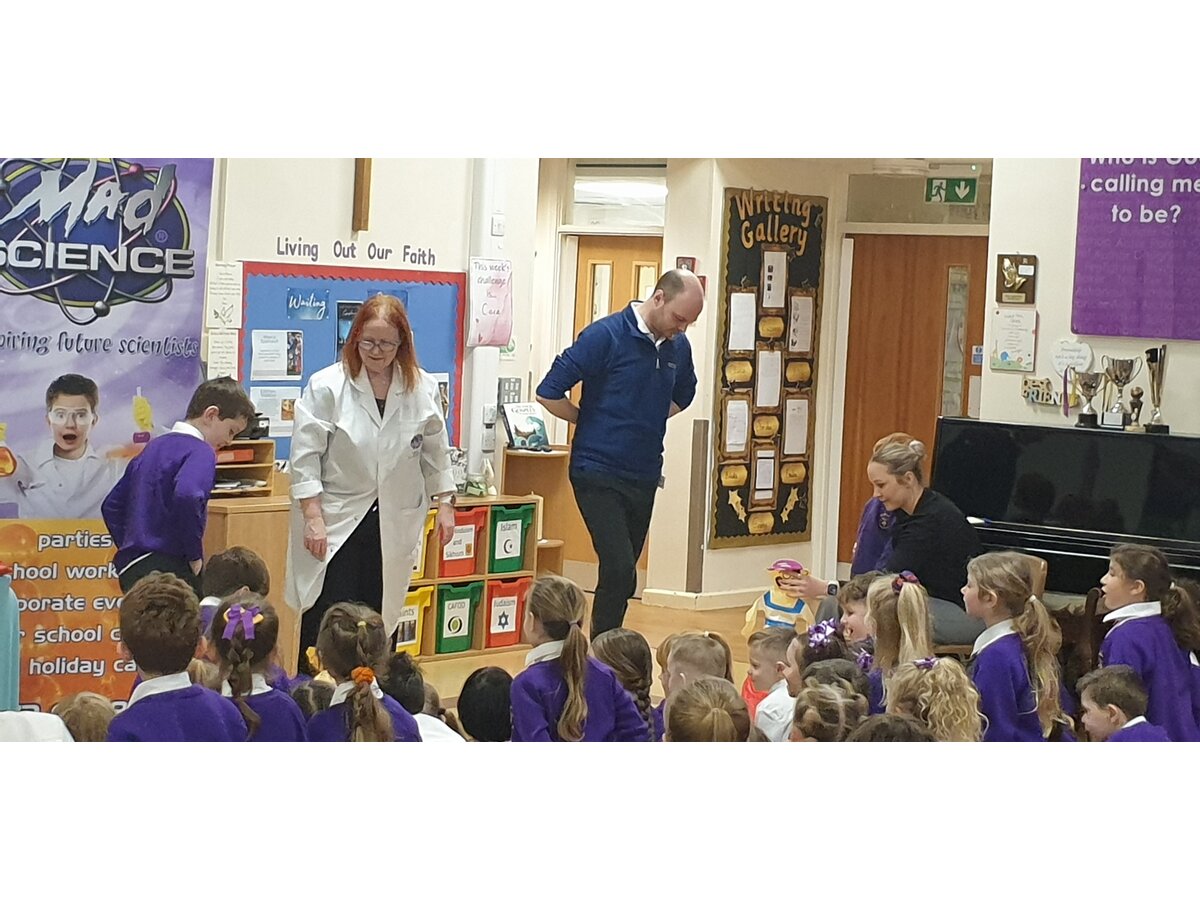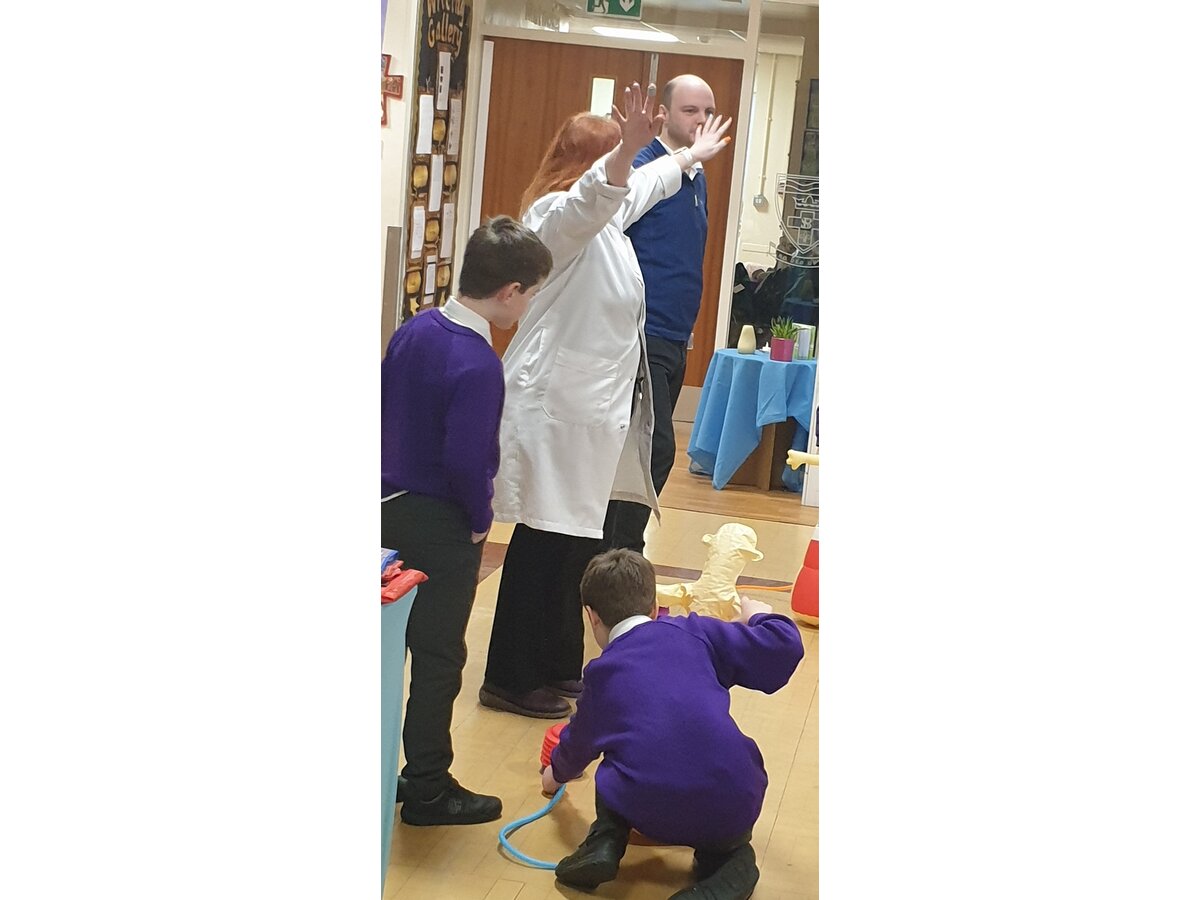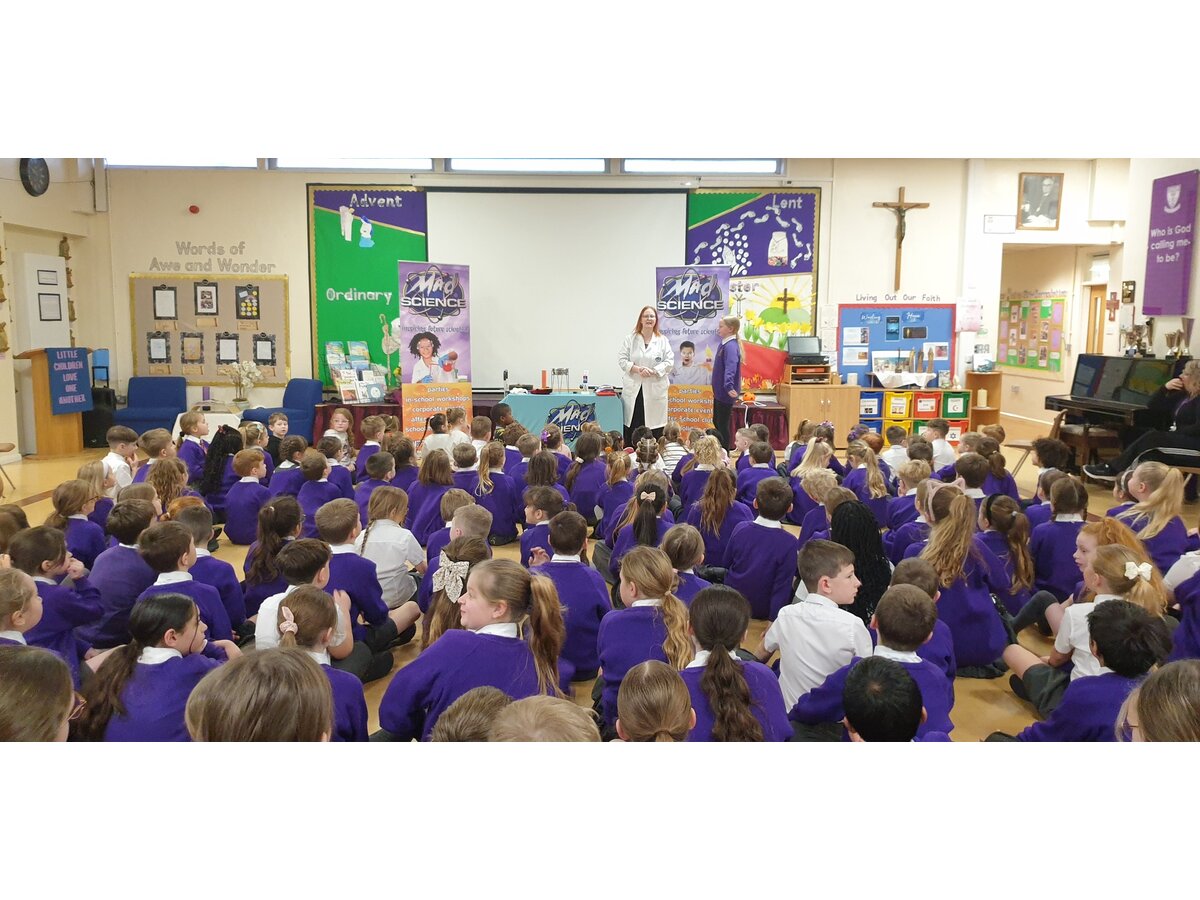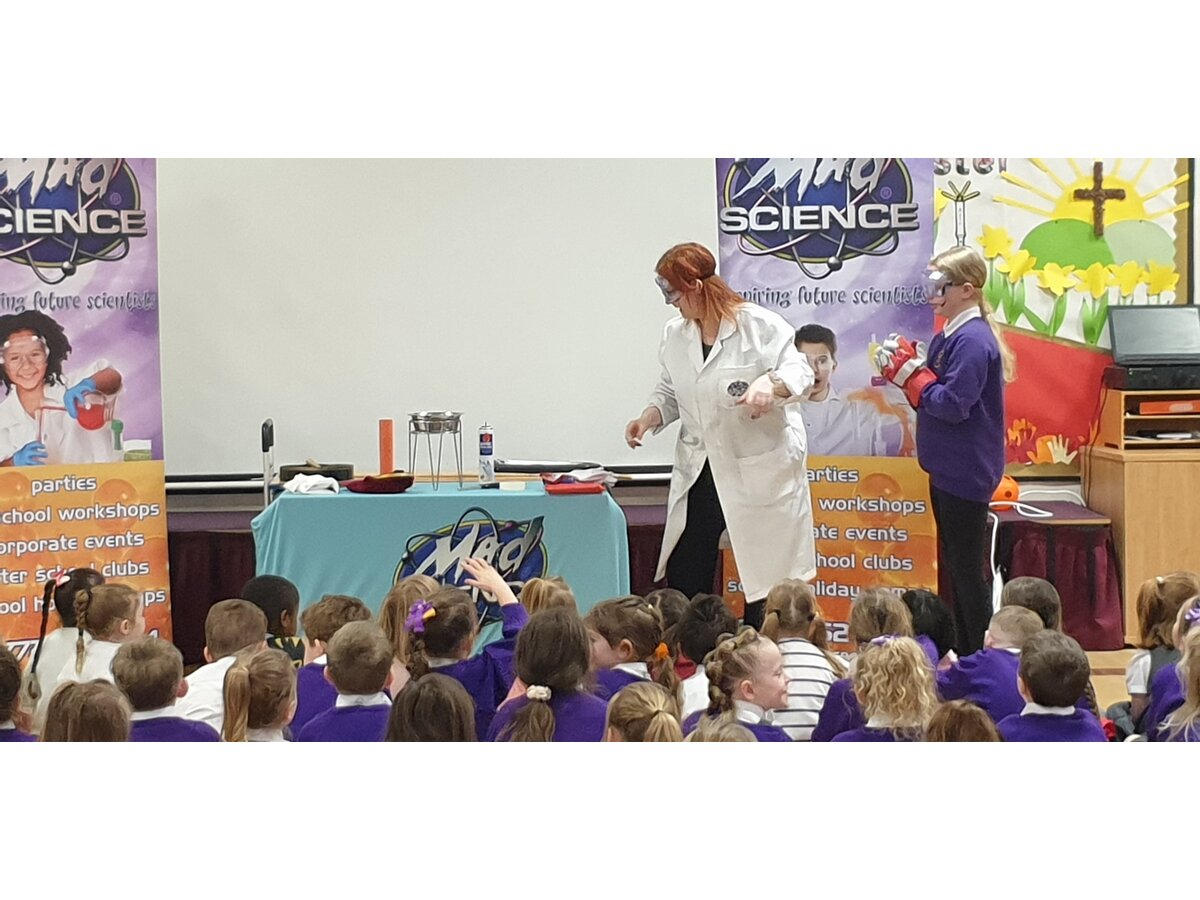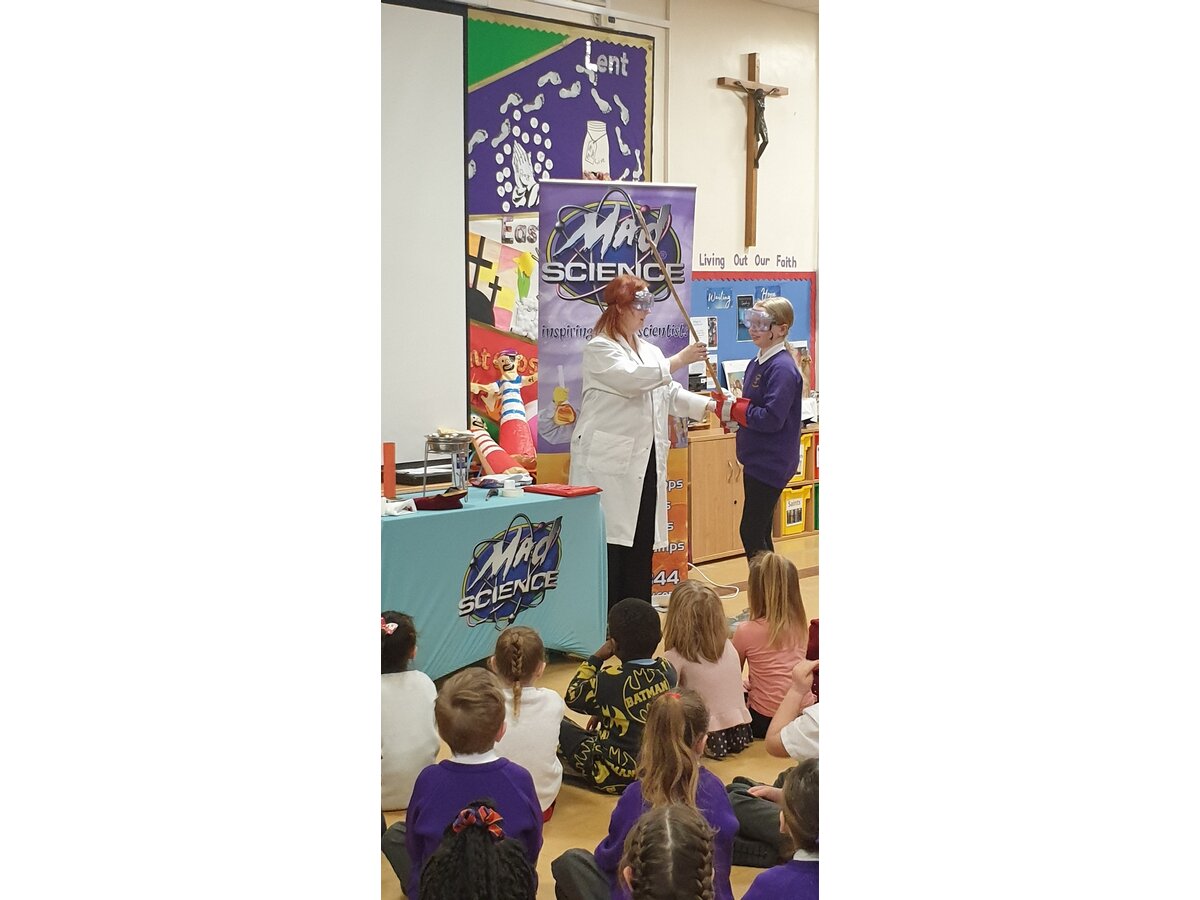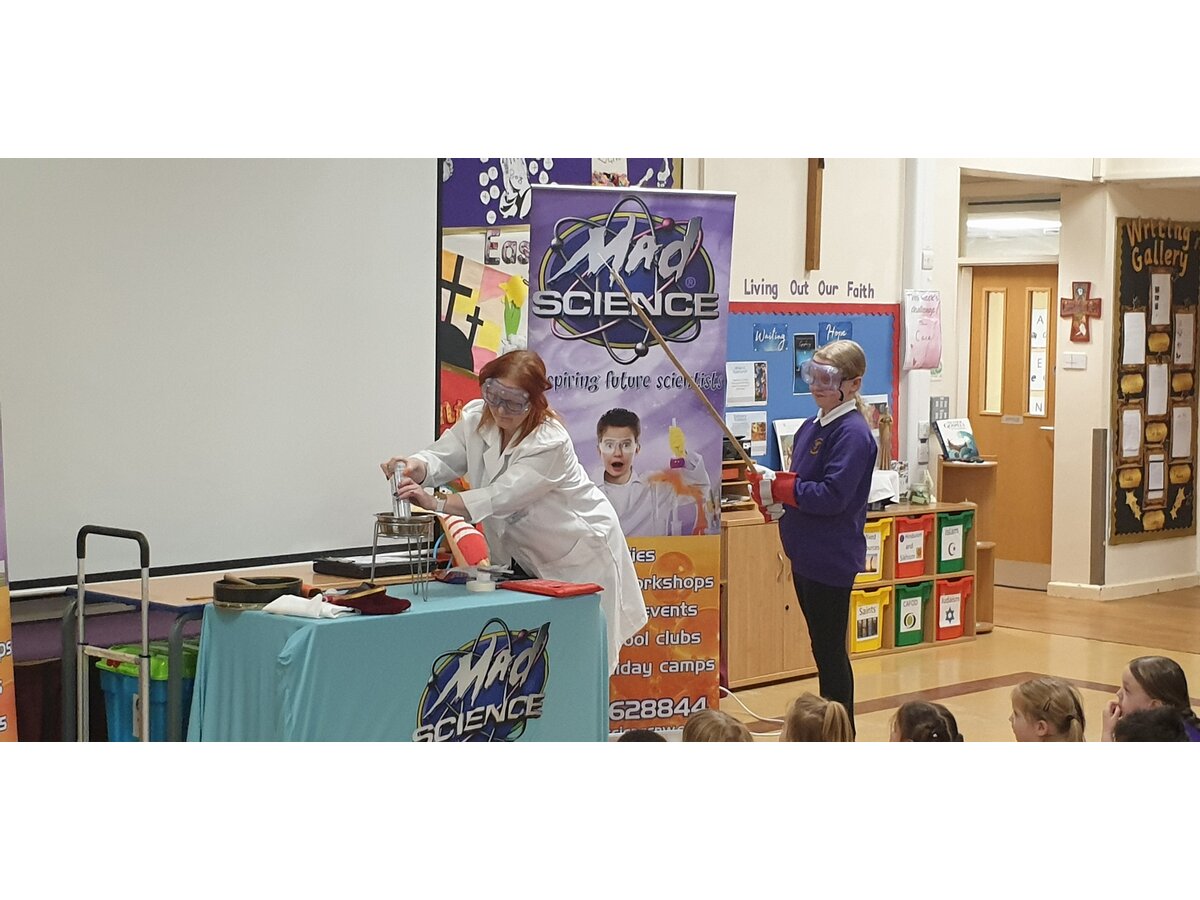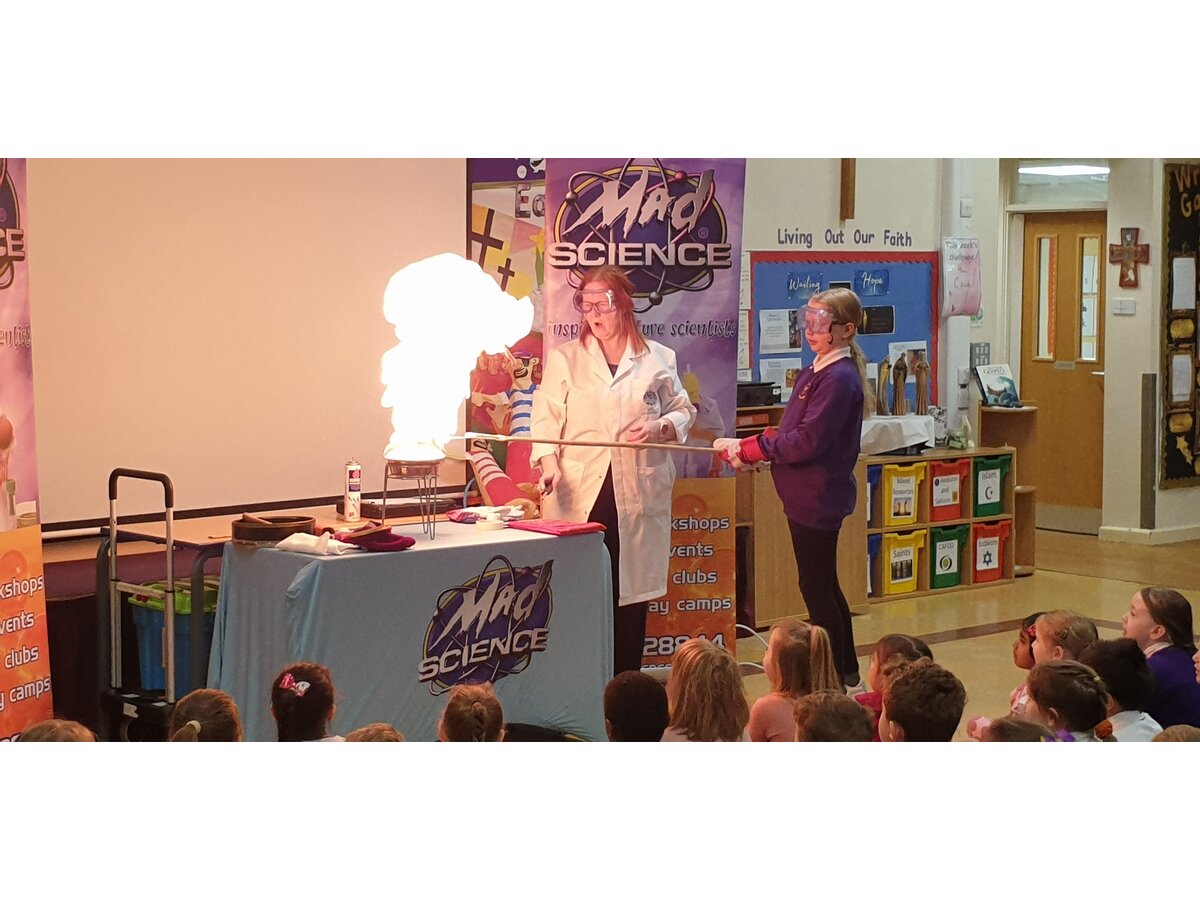"The scientist is not a person who gives the right answers, but one who asks the right questions." Claude Lévi-Strauss
What does Science look like at St Bernadette’s?
At St Bernadette’s, we aim for children to be passionate scientists with excitement and curiosity about the world around them.
In Science, children are encouraged to be inquisitive of scientific ideas through exploring and asking pertinent questions. Children are given the opportunity to carry out scientific investigations and build on their working scientifically skills by learning to explore, problem solve, observe, predict, think and make decisions about the world around them. They will explore creatures, people, plants and objects in their natural environments and develop enquiring minds so that they are increasingly able to research answers to their own questions. Learning about Science is done through first hand experiences with the appropriate use of secondary sources, such as books, photographs and videos. Children are immersed in scientific vocabulary, which is taught across the curriculum through practical activities, discussion and through texts.
Science Documents
Useful Websites/Documents


Oak Academy - KS1 Science support
Oak Academy - KS2 Science Support
Mad Science Assembly
Children were treated to an amazing Assembly all about the roles of sports scientists and how their work helps athletes. The children also learned about; reaction times, aerodynamics and resistance. To finish off the amazing assembly, the children were treated to a fiery experiment that sent flames as high as the ceiling.
Year 4: How do different liquids effect our teeth?
In Science, we are looking at Animals including Humans with a focus on digestions, food chains and teeth. So far, we have learnt about the functions of different teeth and are currently observing the effects of different liquids on our teeth. We will record our observations over a 5-day period to see how the different liquids effects the egg shells.
|
Initial observation |
After 24 hours |
After 48 hours |
Day 72 hours |
|
|
|
|
|
|
Eggs were placed into 4 different liquids so we can observe how the eggshells are effected over a period of time.
|
We observed some small changes to the eggshells. Water: no change, but a crack had appeared. Milk: eggshell looked lighter in colour Sprite: eggshell looked darker Vinegar: there was something hanging of the eggshell and it was noticeably lighter. |
There were some more obvious changes to two of the eggs today. Water: no change Milk: eggshell looked healthier in colour than the other eggs. Sprite: small parts of the egg’s shell were hanging off, showing lighter patches underneath. Vinegar: All of the egg that was submerged in vinegar appeared white with some brown, gooey substance hanging off it. |
There was little change from the previous day. Upon handling the eggs, we were able to identify additional changes. Water: Egg seemed unaffected by the water, despite having a crack in the shell. There was a grey tinge to the egg white. Milk: This shell seemed the healthiest and the egg inside appeared unaffected. Sprite: The outer eggshell came off when touched and felt gooey. The egg white had a grey lining to it. There was a bit of an odour. Vinegar: The eggshell had been completely dissolved by the vinegar, leaving behind the boiled egg inside. It was spongey and slimy with a bad odour.
|
Our investigation has shown us that sugary and acidic foods and drinks can damage the enamel and lead to tooth decay when teeth are exposed to them for long periods of time.
Here are some pictures of the class exploring the egg after the final observations were made.
Year 2: Comparing and Sorting Animals
Year 2 have been learning about animals this half term. Here, you can see some of our Year 2s comparing and sorting images of animals as to whether or not the offspring looked like the parent. They were able to use this to help identify and classify some of the animals
Y2 Science Sorting
.png)
